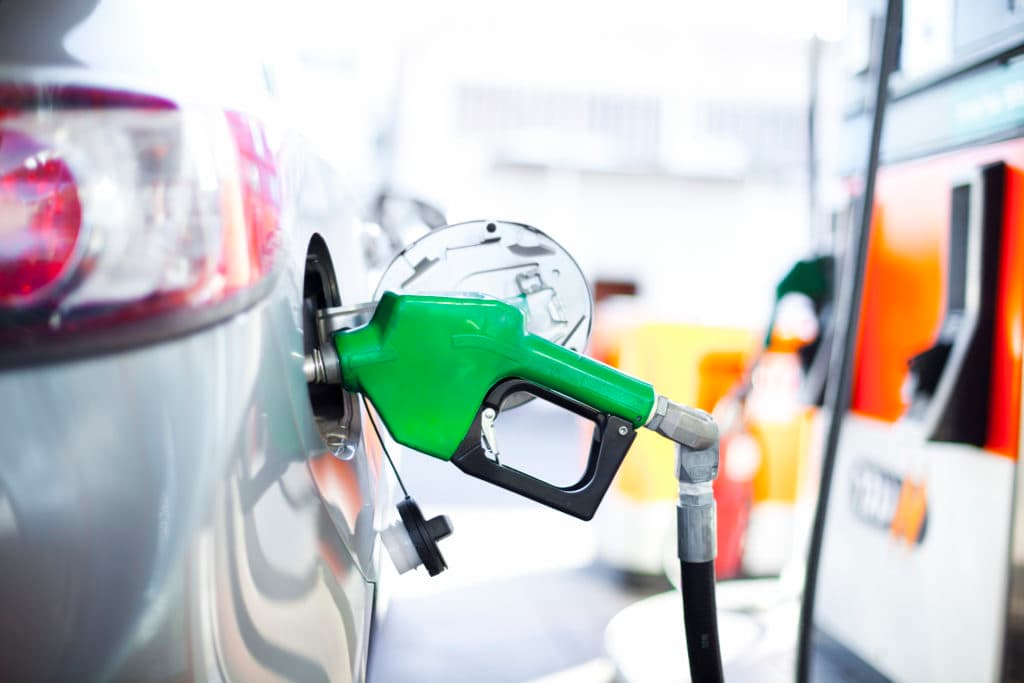We're loading the full news article for you. This includes the article content, images, author information, and related articles.
As Kenya’s fuel prices soared in 2024 and 2025 due to global shocks and local austerity policies, public frustration boiled over into mass protests. This article examines how energy costs became a flashpoint in the broader struggle for economic justice.

Byline: Nairobi, Kenya –
In the weeks leading up to Kenya’s nationwide protests in 2024 and 2025, one cost kept rising — and with it, public anger: fuel. Petrol prices surged to record highs, public transport fares spiked, and the cost of essential goods followed suit. For many Kenyans, these hikes were not just another burden — they became a tipping point, compounding years of economic frustration and triggering the largest youth-led demonstrations in the country’s recent history.
What began as outrage over a finance bill evolved into a broader reckoning with economic injustice, exacerbated by both domestic policies and global economic turbulence. At the heart of this storm stood one critical issue: energy affordability.
Between late 2022 and mid-2024, Kenya experienced multiple fuel price surges, driven in part by global disruptions. Russia’s ongoing war in Ukraine, oil production cuts by OPEC+, and fluctuating demand in post-pandemic economies led to tighter global supply and increased prices for crude oil.
But Kenya’s pain was amplified by local factors: a weakening shilling, mounting public debt, and the removal of fuel subsidies in mid-2023. By June 2024, the Energy and Petroleum Regulatory Authority (EPRA) had set petrol prices in Nairobi at KSh 195 per litre, with diesel nearing KSh 180 — the highest on record at the time.
“When fuel rises, everything rises — food, transport, even school fees,” said Mary Wanjiru, a matatu operator in Nakuru. “You can’t run a household anymore.”
The ripple effect of high fuel prices was felt almost immediately in the transport sector. Matatu fares in Nairobi, Kisumu, and Mombasa increased by 20–40%, with rural areas seeing even sharper spikes. For the average commuter earning below KSh 20,000 per month, these increases were debilitating.
Small businesses and boda boda riders, who rely on fuel daily, also bore the brunt. In interviews conducted by the Kenya Association of Manufacturers (KAM), over 60% of small-scale operators cited fuel costs as the primary factor limiting their ability to expand or even maintain operations in 2024.
“When youth can’t afford to move, to hustle, or to deliver goods, they feel trapped,” said Peter Gichangi, an economist at Strathmore University. “That sense of economic suffocation contributed directly to the rage we’re now seeing in the streets.”
Kenya is no stranger to external economic shocks — from COVID-19 disruptions to climate-driven crop failures. But 2024 presented a “perfect storm” of overlapping crises:
Persistent currency depreciation, with the Kenyan shilling falling past 160 to the US dollar by early 2024, increasing the cost of importing oil.
Rising global interest rates, making Kenya’s debt more expensive to service and squeezing public finances.
Climate-related disasters, including droughts and floods, further straining food and energy supply chains.
With reduced fiscal room, the government’s removal of subsidies — part of IMF-supported austerity reforms — further fueled public resentment. Many saw these policy choices as sacrificing ordinary citizens to satisfy lenders, rather than protecting them from economic pain.
President William Ruto’s administration defended the fuel subsidy cuts as fiscally necessary, arguing they were benefiting middlemen rather than ordinary Kenyans. The government introduced targeted cash transfers and attempted to boost local fuel storage and refining capacity.
Yet for many, these measures were too little, too late, and poorly communicated. What Kenyans experienced was not targeted relief, but a daily struggle with the rising cost of living, often worsened by new taxes and levies.
“We are not just protesting taxes — we are protesting the cost of surviving,” said one protester during the July 2024 marches.
The Finance Bill 2024, which introduced additional levies on fuel, pushed many over the edge. It was widely seen not as a fiscal solution but as an affront to already burdened citizens, further inflaming the protests that had begun as peaceful digital campaigns.
In this environment, fuel prices became more than just numbers at the pump — they became symbols of a broken social contract. When young Kenyans chanted “Hatupangwingwi!” (We won’t be dictated to), they weren’t only opposing government policy — they were rejecting a system that made them pay more while receiving less.
Placards at protests often featured fuel prices, electricity tokens, and maize flour costs. Memes about “KSh 300 buying vibes and not fuel” went viral. Even boda boda riders staged symbolic processions, revving their engines through city streets to protest unaffordable operations.
With mounting pressure from civil society, labor unions, and international observers, the government faces a difficult balancing act: addressing fiscal realities while restoring public confidence.
Analysts suggest the following steps could ease tensions:
Reinstating targeted fuel subsidies for public transport and agriculture.
Strengthening Kenya’s local refining and storage infrastructure to reduce import reliance.
Implementing transparent fuel procurement mechanisms to combat cartels.
Diversifying into affordable renewable energy to cushion future shocks.
Yet trust remains a critical issue. Until ordinary citizens feel that economic policy is working for them, not against them, public anger may remain a volatile force in Kenya’s political landscape.
Keep the conversation in one place—threads here stay linked to the story and in the forums.
Other hot threads
E-sports and Gaming Community in Kenya
Active 7 months ago
Popular Recreational Activities Across Counties
Active 7 months ago
The Role of Technology in Modern Agriculture (AgriTech)
Active 7 months ago
Investing in Youth Sports Development Programs
Active 7 months ago